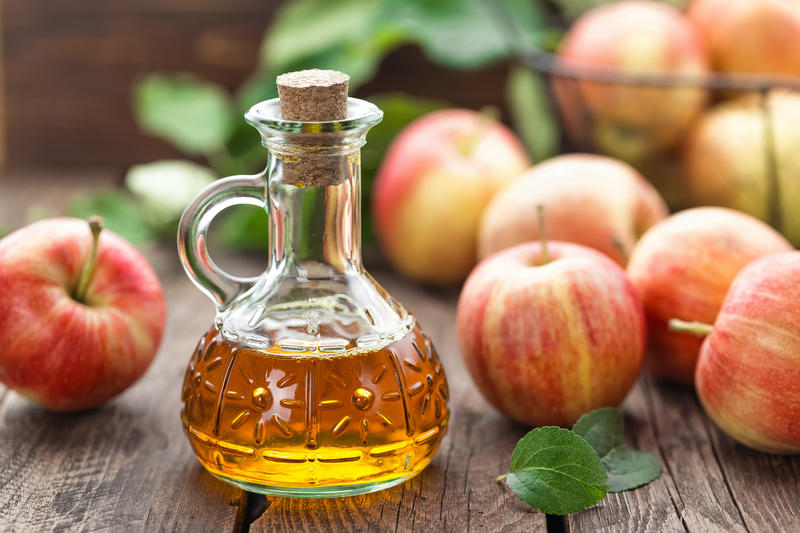Artisan Perry – the new Pimms?
James Crowden explores the wonderful world of perry and perry pears.
For many people early summer heralds long drawn out evenings, picnic parties by the river, weddings and outdoor jazz concerts. Local strawberries are just in season, the air is warm and the scent of old English roses percolates through the garden trellises. Last Sunday evening the old port of Topsham beside the river Exe was filled to bursting with a long line of 250 tables set end to end that not only ran down the High street but snaked round onto the waterfront. 1500 people sat down to dine in the evening sunlight. High tide came and went with a bevy of ducks and swans. For the discerning, a glass of bottle fermented sparkling perry was just what you needed, like champagne only better, with a lingering touch of elderflower on the nose and a subtle undertow of pear and hedgerow sweetness. A hint of something magical.
Good artisan perry is very hard to find because real perry is one of England’s best kept secrets. This particular bottle of Blakeney Red and Butt had come from James Marsden of Gregg’s Pit near Much Marcle in Herefordshire and was the last of his 2006 vintage. I gave the chef Michael Caines, Devon’s one armed bandit, a swig as he passed on the quayside and it met with his approval.
The best perry pears are to be found in the three counties of Gloucestershire, Worcestershire and Herefordshire within sight of May Hill just south of Newent. This is the hard core perry making area and many of the perry pears are indeed hard core as well, like small grape shot but they can go mushy almost overnight. You have to catch them just right. There is nothing logical about perry.
These magnificent perry pear trees are sometimes 300 years old and stand up to sixty feet high. In blossom they are magnificent. Some country houses like The Hellens in Much Marcle have a drive lined with perry pear trees, originally planted in 1710. Down the road is Westons who also make perry but on a much larger scale. They have planted 10 acres of new perry pears on dwarf rootstock. Other makers of real perry include Tom Oliver of Ocle Pychard whose friend Farmer Parker has just planted 14 acres of standards. Then there is Ivor Dunkerton of Pembridge, Dennis Gwatkin of Abbey Dore, Paul Stephens of Newton Court Cider near Leominster, Mike Johnson of Ross-on-Wye Cider and Perry, Kevin Minchew near Tewkesbury, Dereck Hartland of Tirley, Keith Orchard of Brockweir and several makers in Monmouthshire.
What is interesting is how the word ‘perry’ or ‘pear’ crops up in place names. The old Anglo Saxon word for pear is ‘pereye’, ‘pirige’ or ‘pirie’ So you have Puriton near Bridgwater, Perry Street near Chard, as well Parnham House near Beaminster or Parham’s Farm at Melbury Abbas near Shaftesbury. Also Pershore in Worcestershire, Purton on either side of the Severn at Lydney and Slimbridge. There are many Pear Tree roundabouts and Perry Greens and further afield in Northamptonshire Paulespury and Pury End. These place names give clues as to where perry trees may well have once grown.
In the South West perry was made much more widely that it is today. One of the few makers is Chris and Andrew Hecks of Street near Glastonbury who with their father John have made perry for years using varieties such as Blakeney Red, Gin, Green Horse, Hendre Huffcap and Judge Amphlett. They used to get some Moorcroft from Long Ashton Research Station outside Bristol but sadly that the famous cider and perry research station was finally closed down in 2003. A great sadness to the cider world. Other makers in Somerset include Nigel Stewart of Bridge Farm, East Chinnock, who made some sparkling perry which won a gold medal at the Taste of the West Awards in 2006. Then there is George Travis of Westlake Cider Beaworthy in North Devon who made a few bottles last year. Alex Hill of Vigo at Dunkeswell Airfield on the Blackdowns also produces a small amount, but he prefers the bottle fermented approach. Not to be left out, Julian Temperley of Burrow Hill has now tried his hand at making perry. The real problem is getting hold of the fruit as it is in such short supply.
Many people may remember the sight of a 120 acre perry pear orchard above Combe Florey in Somerset which was cut down in 1992, long before it had reached its prime, to make way for subsidised arable crops. But the tide has now changed. One man with foresight is Simon Mehigan of Netherbury who has recently planted over 1,000 perry pear trees near his home in Dorset.
This marvellous, ancient and well respected drink ‘perry’ with a long pedigree should not in any way be confused with the new kid on the block ‘pear cider’ a term which is in fact an oxymoron. Pear Cider is a contradictory and confusing term, which describes an industrial drink usually made from imported dessert pears and/or concentrate and sweetened artificially. Carbonated Babycham was once called champagne perry but it was neither champagne nor true perry. In Lanarkshire they mix Babycham with Buckfast Tonic Wine to make “Buckcham” or “Babyfast.”
If you want a drink with a deep character and fluid history follow the perry pears or better still plant them. Pears for heirs.
